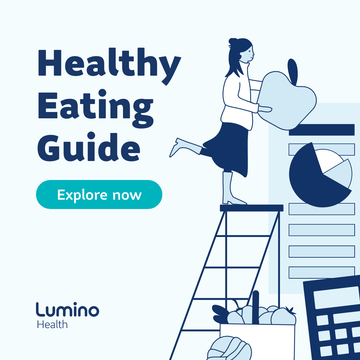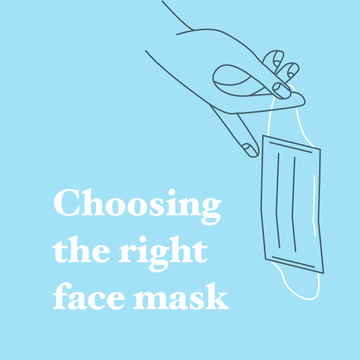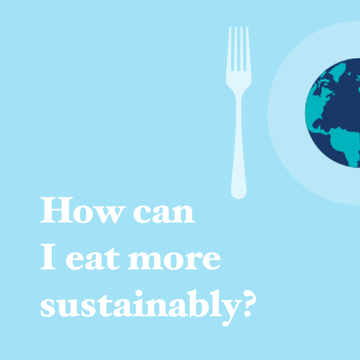Sustainable eating has become trendy in the past few years – and for good reason. Eating sustainably involves choosing foods that meet a number of goals. These include ensuring food security and nutrition for future generations, according to the UN’s Food and Agriculture Organization. It also means opting to eat in a cost-effective way that minimizes environmental impact, supports biodiversity and is safe and culturally acceptable.
“Sustainable eating isn’t just about what we eat,” says Shelby Lang-Perry. Lang-Perry is a food scientist with AURA™ Nutrition, a Vancouver-based company that creates supplements for women.
Lang-Perry says sustainable eating is also about:
- the resources consumed to produce it,
- the sustainability of the production methods used,
- educating farmers who are producing the food on maintaining and replacing soil nutrients,
- how far the food travelled to a country/market/table,
- how the food is packaged.
In other words, eating sustainably means being a conscious consumer who takes into consideration the impact of your choices. It’s a bit of a tall order, but a rewarding one.
Sustainable eating: Education is key
Sustainable eating doesn’t have to be overwhelming, Lang-Perry says. Though it’s backed by big-picture thinking, starting small is just fine. She says one of the best ways to begin is to educate yourself on best practices for sustainable eating. That requires some research on which foods meet sustainability criteria. “Don’t be afraid to ask the questions,” she says. That might include talking to a local farmer, or investigating a particular brand’s values.
Educating yourself means differentiating between other types of foods. For example, it’s a common misconception that organic food is sustainable, Lang-Perry says. While organic food might be sustainable, organic as a term refers more to a method of crop and animal production that does not use fertilizer, pesticides or growth hormones. “There are no set rules for what is sustainable,” she says. “It is a way of life. On the other hand, there are strict sets of rules to qualify foods to be organic.”
Local, another common phrase, also isn’t synonymous with sustainable. “Foods can be sustainable and not local. And, in some cases, not all local foods are sustainable,” Lang-Perry says. But it is possible to have a local, sustainable food.
How to eat more sustainably
Once you’ve got the basics, you can plot your path to sustainable eating. Lang-Perry suggests taking a step-by-step approach to how you source and shop for food.- Focus on mindful eating. Eat only what you need. “Learn to trust your body, hear your hunger/full cues and really tune into what your body needs,” Lang-Perry says. That means enjoying food but not over consuming. “For example, ordering an extra large serving of something to get your money’s worth. But then throwing half of it away because you are full.”
- Buy only what you need. “In Canada and other developed countries wasting food has become a normal part of life,” Lang-Perry says. “We do it all the time.” Make a plan and buy only what you need. Eat leftovers.
- Take an environmental stance. Start composting and recycle food packaging. “Small actions can make a huge difference,” Lang-Perry says.
- Choose packaging wisely. Opt for reusable containers, bags and skip single-use cups and cutlery where you can.
- Make or grow your own foods. “There is no better way to control how food is grown or made than to do it yourself,” Lang-Perry says. Keep a garden with your favourite vegetables or bake you own meals and healthy snacks.
- Responsibly source animal products. Choose humanely and – ideally- locally-sourced animals. Limit heavily processed meats to reduce some of the resources used to grow the animal. And choose sustainably sourced seafood.
The most important thing is to feel pleasure and pride – not anxiety – about your choices. “Sustainable living and eating are a marathon - not a sprint,” Lang-Perry says. “The last thing I want is for someone to think their actions don’t help the end goal. Or have one person miss out on the joy of food because they take all the responsibility.”
Learn more:
Article: Everything you need to know about food labels, from a registered nutritionist
Article: Cooking food at home is smarter: Canada’s Food Guide
Video: Make time for healthy eating
Written by Anna Sharratt on Lumino Health.
Shelby Lang-Perry is an AURA Team member with a passion for health and wellness. She is armed with a B.Sc. in Nutrition and Food Science to get you the real story on all your nutrition questions.






